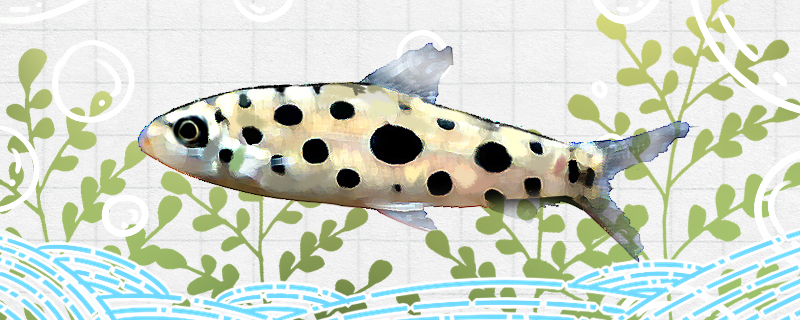 Its
Its
should also be noted that they have a strong jumping and sensitive temperament, so it is better not to tease them, lest they be frightened. There is also a need to add a cover to the water tank to prevent them from jumping out of the water when no one is there and causing death. Generally speaking, it is not difficult to raise them, and both new and old hands can raise them.
the spotted rabbit lantern fish 1. Water quality: For the spotted rabbit lantern fish, it is very good to keep the water body in a weak acidic to neutral state, which is the most conducive water environment for their survival. It is best to keep the pH of the water between 6.0 and 7.2. In addition, they need to live in relatively clear water, so it is necessary to install a suitable filtration system in the tank and change the water regularly.
2. Water temperature: The most suitable water temperature environment for their survival is between 22-26 ℃. They are sensitive to the change of water temperature, so it is necessary to control the basic stability of water temperature.
3. Feeding: They like to eat active bait, so frozen shrimp, red worms, nematodes and so on are very good food for them.